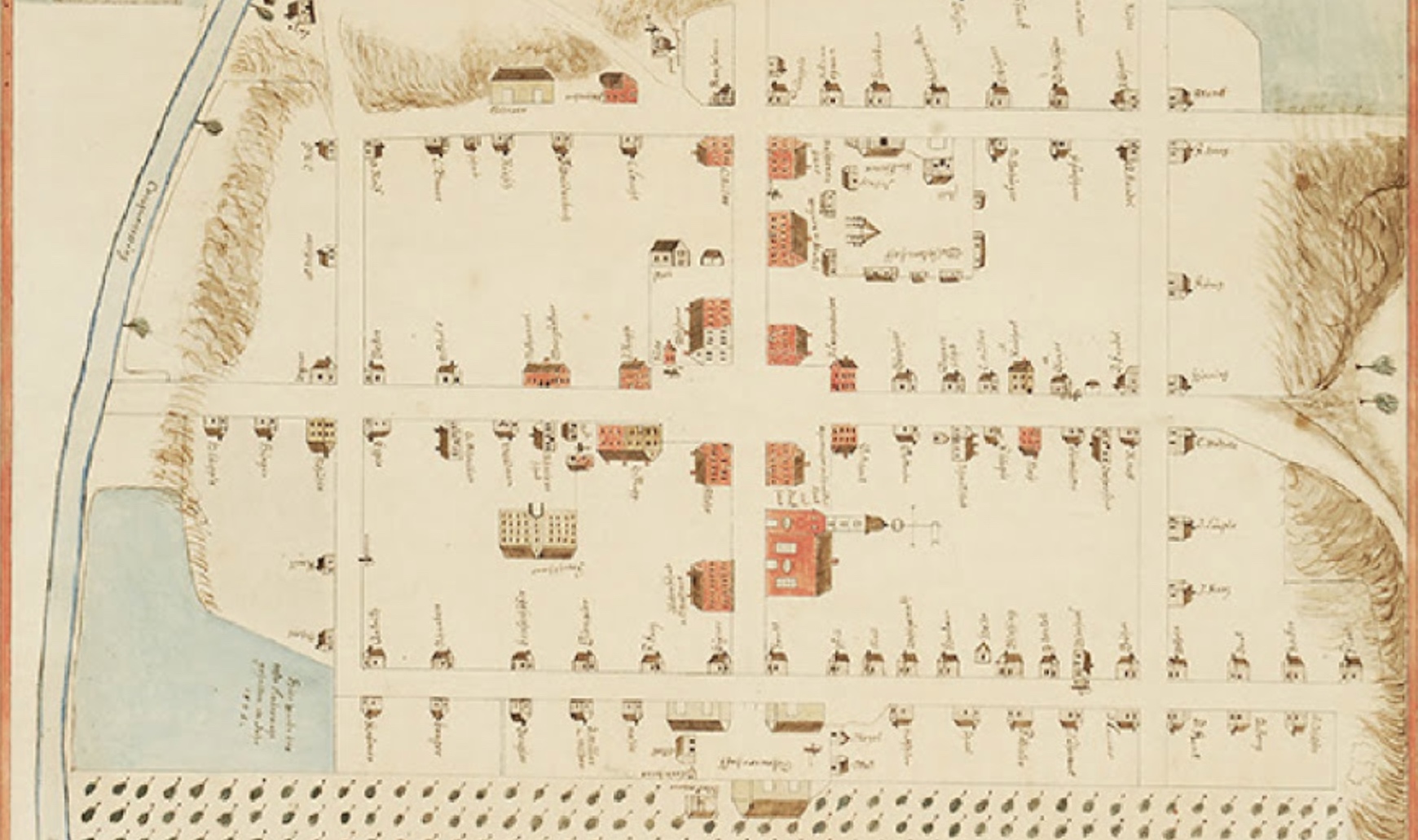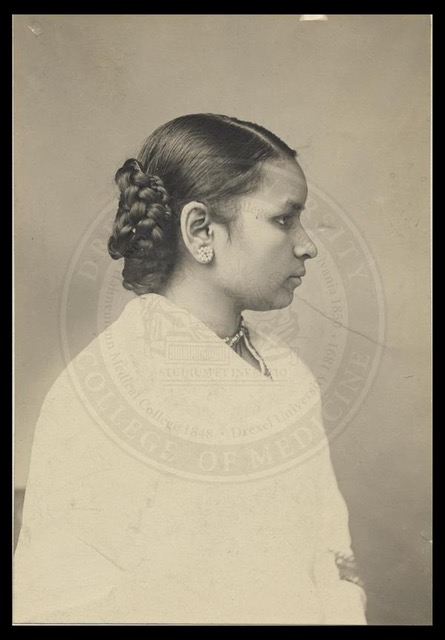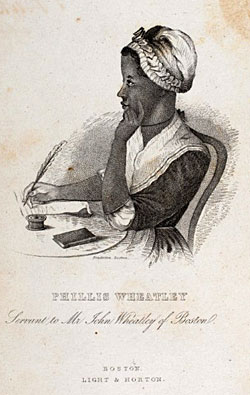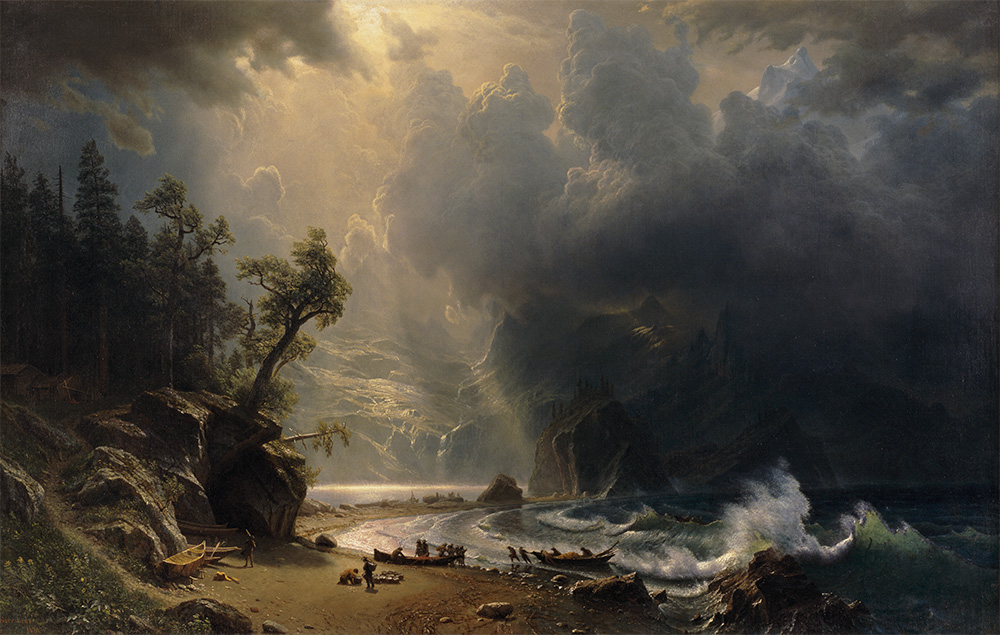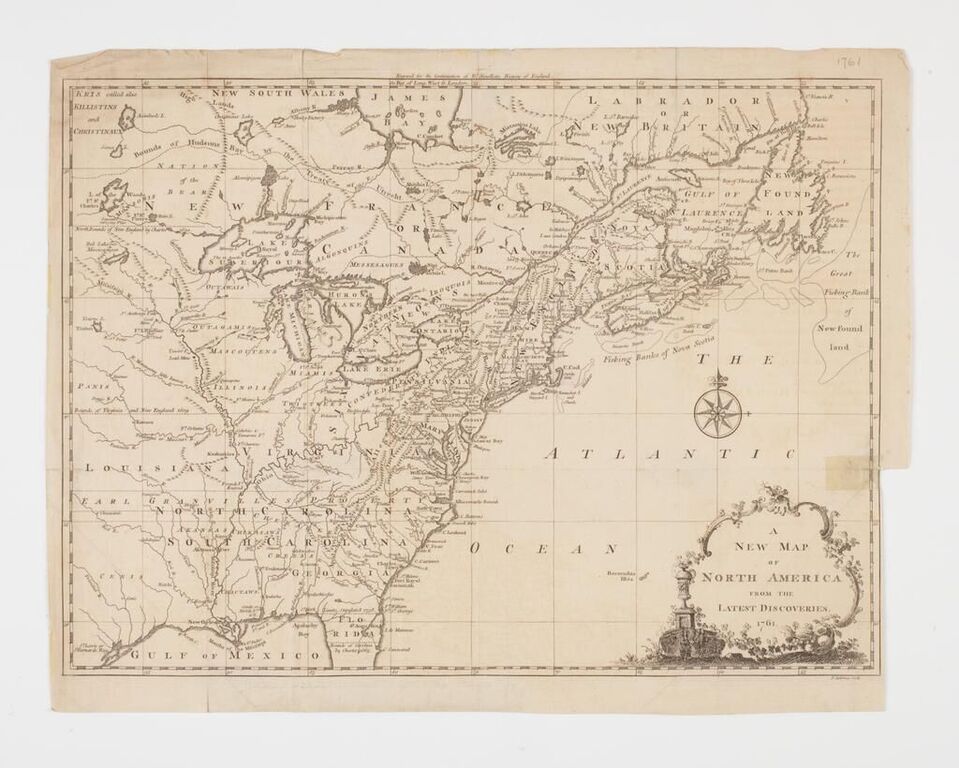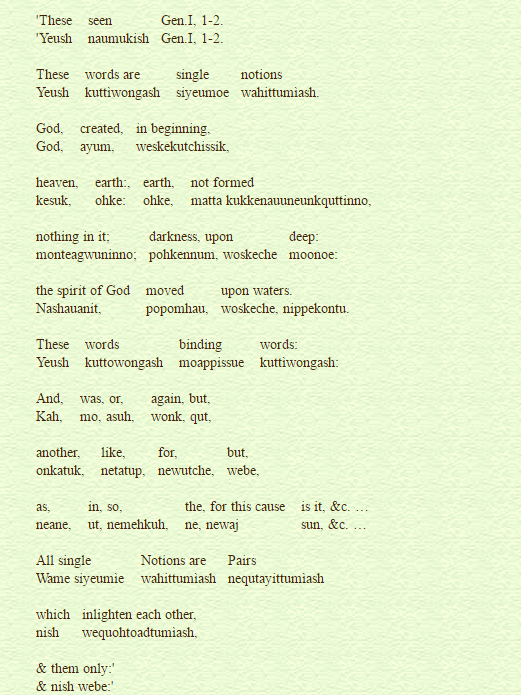Forgetfulness is like a song
that, freed from beat and measure, wanders
Hart Crane
When knowledge will cover the earth
like water covers the sea
Peter Cooper
A Walk through Blissville
I’m traipsing through gardens that once were farmers’ fields,
looking for burrs and ostrich ferns. An ornery African priest
shoos me out of his orchard as this November sun sets
beyond his apple trees. I breathe in sassafras, burning leaves, lichen,
liken the day to 1891 when the Smelling Committee of the 15th Ward
punted up the Newtown Creek to catalog the stench. Maybe I’ll
glimpse a cedar waxwing or Labrador duck before heading home.
Or wild turkeys running across a treeless boulevard, like I saw
in Staten Island, spitting distance from the Fresh Kills compost.
Lately I only dream of offal, garbage scows and gulls, plowing up
East River cul-de-sacs with carcasses of carriage nags and cows.
I pass black limo parking lots, cement factories, cracked asphalt
of the L.I.E, poke around for cabbages and a place to start my slow
seepage of words to combat stress, the weariness of the same old odors.
Black-Crowned Night Heron
A mile and a half up English Kills, we spy a heron with an eel in her beak,
high in an oak above the dead-glass water. Shouts from the Schamonchi,
a Martha’s Vineyard ferry with a box-container swimming pool, that
thick brown sludge will keep channel worms alive. At Furman’s Island,
the remnants of the largest glue factory in the world, Peter Cooper’s
rendered fat works before they moved upstate to decimate Lake Erie.
Here fish bladders were boiled to isinglass for parchment and for beer,
and collagen from cows was used for furniture and violins. Here origins
of Jell-O are found in the slurry and dross of civilization, burning skies
a purplish hue. The distant tip of the Chrysler Building can be seen
beyond digesters of a sewage treatment plant. Rat powder, azo dye,
methane, turpentine, soak the oily banks where no otters somersault,
by waterfront luxury lots for 2025. For now it’s the heron that patrols
the creek, in search of a millionth minnow to steer here after midnight.
The Endless Chain
I smell Epsom, lime, and sulfur in the wind today off toadfish mudflats.
Cord grass matted with mud snails, tern quills, a stink of conch decay.
Picture tidal mills that pock the marshes of New York, years before
a crossing of the Brooklyn Ferry. Grinding corn at Gerritsen’s near
Mill Basin, along the Bushwick creeks, where breweries sprang up
by pigsties, mill wheels driven by Peter Cooper’s saw-tooth chain.
Picture the East River with cable iron to replace the narrow boats,
barge mules, dike dogs, and towpaths of the canal at Canajoharie.
I dream lug nuts, gear parts, for mechanical advantage, propelling
elevated trolleys along Third Avenue, dripping creosote and ash
onto a maze of pushcarts, with steam and smoke of locomotives
down below. I keep inventing things to let the pull of sea and air
do the heavy lifting, like an American language unburdening itself,
like the endless chain of our forged relations, hauling us forever on.
At Jamaica Bay
A paradise for glossy ibises! Even in January, with rime ice forming
on cattails, the shorebirds congregate. If humans were bodies of water,
I’d be Jamaica Bay, always in the shadows, a rusted heap in shallows,
a piano standing mid-pond near the Raunt. I trudge in snow
with my daughter, who’d rather be at Bell House in Gowanus
for an indoor barbeque. But a hundred kinds of moths live here,
and some say it would have made a great world harbor. Railroads
bought all shipping rights-of-way, and a cross-borough parkway
made sure it stayed an undeveloped swamp. I like its relative obscurity,
a gleaming gem despite the half-dead oyster beds, the noise of jets,
dilapidated fish oil fertilizer farms. Fields of kale, urban rangers
spearing Styrofoam our parents left on trails at Dead Horse Bay.
A cloud of countless passenger pigeons, a pirate’s dinghy. Not even
Peter Cooper saw its promise, despite his designs on New York City.
Plants of Manhattan
My friend’s exhibiting pressed flowers from the Arctic, but only ones
that grow right here. I find a spot in underbrush to note the long parade
of indigenous and invader. There’s a weed patch north of Harlem,
not far from Spuyten Duyvil, where I’ve found a cache of flora
dating to the Pleistocene: seaside amaranth, Macoun’s cudweed,
colic root, cow parsnip, meadow zizia, Jesuit’s bark, widowsfrill.
There’s nodding chickweed, blue huckleberry, American ipecac
sprouting by my knee. Lotti’s got New Jersey tea like Peter Cooper
used to brew. There’s kinnikinnick, leatherleaf, prickly bog sedge,
not to mention scald weed. Have I made up these names myself?
Azure bluet and wild leek blanket the ravine, while swamp pink,
skunk cabbage, spread out in shafts of light. Evening primrose,
orange grass, common moonseed. I see so many Manhattan plants
but wonder why there isn’t any cursed buttercup or common juniper.
At Penny Bridge
We take a rose to Calvary, in the name of countless girls and boys
who died of cholera, exhumed at midnight, ferried to this rural tract
where the dead outnumber the living, a million unkempt tombstones,
in shoddy Gothic churchyards fed by man-made ponds and peaks.
We walk under elms and evergreens and climb a plain of worry,
gathering toadstools in a glen. We want to smell a cinder
in the wind from ancient chimneys, and lie in fragrant fields
of white impatiens bursting into bloom. We scull to an island
of industrial decay, by the hulk of a boxcar and a red caboose.
We chink at mausoleum doors and clocks all stop at once.
We watch monk parakeets mob in a potter’s field, at closed-down
tram-stop Penny Bridge, where mourners used to come in droves.
We stand on a hill to see the sea, the far-off tomb of Peter Cooper
in lavish Green-Wood, where he sleeps and dreams of Tinker Toys.
A History of the Newtown Creek
Forgetting is a measure of the mind in a city that’s hard at work:
The smell of linseed oil, the smell of pine, the smell of opalescence
The smell of hyacinth, the smell of burning rubber, the smell of wax
The smell of car exhaust and coal and tar, the smell of sap and vitriol
The smell of squalor, diapers, dogwood blooms, the smell of sex
The smell of sharkskin, selfishness, anemones, the smell of wine
The smell of eucalyptus, locust droves, axel grease, and lemon rinds
The smell of boiling bones, of caulking and pickle barrel brine
The smell of goldenrod and ragweed, paint fumes, rotten fruit
The smell of sweetened gelatin, creampuffs, fresh-baked bread
The smell of gunpowder, oily, oak-hewn hulls, hydrogen peroxide
The smell of diesel, tar, mud flats, cat clay, peat moss, gasoline
The smell of weariness, of dog-tiredness, of autumn in the wind:
Forgetting is a measure of the heart in a city that’s found at rest.
Statement of poetic research
Journal October 2010-March 2011: The Making of “The Largest Glue Factory in the World”
October 5, 2010: Do you start with an idea, a scent, a flashback or a dream? When you take on studying the life of Aaron Burr, Paul Cuffee’s ideas of Back to Africa in Sierra Leone, a day in the life of the Shay’s Rebellion, or eating habits of King Philip’s Pokanokets, what is the initial flash of thought? Something you read, a shadowy childhood memory, an overheard comment in a bar, or a trip on the water on a crisp autumn day?
October 6, 2010: What will dictate the form of this new conversation? Remember the map of Europe as portrait of Queen Elizabeth (or is it the other way around?). Enumerating all the stars, with touch points to Orion and Andromeda. A legend of the Atlantic sea floor, with names of seamounts and canyons where life began. A truck route through Nebraska. The biography of an inventor.
October 7, 2010: Fourteen lines per poem, twice as many breaths, a wistful turn toward the end of each stanza, a hint of love and loss. Timelines (of industry, information technology, human genomes, battleships, Islamic art, feather beds or cars) and lists (craters on planets, forgotten street names of Manhattan, birds, spiders, parts of the body, etc.). You might call them photographs from an interior life lived a hundred years ago, delivered in a whisper.
Fourteen poems to construct the project grid, using a loose sonnet form, as well as echoes of the Persian ghazal (using the name of a persona, in this case Peter Cooper), with an emphasis on olfactory things we smell by day and by night.
October 10, 2010: I want to map a moment in the changing landscape of New York City, topographically, intellectually, spiritually, scientifically, and through the sense of smell, as seen around the Newtown Creek—bordering Queens and Brooklyn (the most polluted and trafficked body of water in America in the 1850s), as agriculture and mercantile spirit gave way to industry and railroads.
October 11, 2011: I am fascinated with Peter Cooper, at once abolitionist and candidate for the U.S. presidency, pre-Gilded Age self-made man, railroad, steel, and manufactory entrepreneur and social reformer interested in the rights of working men and women, but also a great polluter of the New York waterways. His glue factory stood mid-creek for years.
October 13, 2010: James Agee’s Brooklyn Is has fired me up, and takes me back to Hart Crane, candy factory heir, who—after Whitman—was the great democratic voice of a developing industrial world. Many a poet (Philip Levine) and historian (Daniel Walkowitz) has told me to use the vocabulary of the world I am trying to evoke! I want to capture here the world before Crane, figuring in the invisible and the meandering, as he put it:
Forgetfulness is like a song
that, freed from beat and measure, wanders
October 14, 2010: Putrid and fabulous smells all around, a history of the Fresh Kills compost (after 9/11’s last remains), the Brooklyn waterfront, time as defined by mule barges poling the canals, a bustling, creosote-dripping Third Avenue El, great cemetery interments of mid-century (when all the dead of Manhattan were re-buried in a belt of ever-expanding cemeteries in Queens), underwater circuits of an urban sphere, the mythic and historical roles of Peter Cooper. Why do this now? Unlike the sage of Leaves of Grass, I write in the twenty-first century, looking back at all those green graves and glory. I see a future for the creek.
October 15, 2010: My daughter Lotti moves to Greenpoint, Brooklyn, and joins the Newtown Creek Alliance (shortly to be designated a Superfund site for cleanup). I walk over the Pulaski Bridge where we meet for tea at Ash-Box (we dream up billboards to be seen from the Brooklyn-Queens Expressway). Just look at the creek, with its sailboats and numinous flotsam! Now I get to thinking.
Barge Park
We walk up Box Street past stray cat chicken coops filled with straw,
looking for Queenie, our neighbor’s Abyssinian. Wild green grapes
climb a chain link fence near sets for Boardwalk Empire.
A lake scow, Lucinda May, channels bits of scum and filament
from an underground lake of oil that bubbles up towards English Kills.
The whole history of science has been accidents at work: time pulling
backwards against your un-hunched shoulders and wistful smile.
The drawbridge opens for a tug. At Jungle Press, lithographs
dance on vellum, cross-hatched flags and dresses and kittens,
to mark a sense of urgency, our love for things that come from nothing.
October 18, 2010: Lotti suggests we take the Newtown Creek boat tour, a source of historical riches, thanks to the Working Harbor Committee, with Bernie Ente and Mitch Waxman on board. Notes and photos abound: the old plank road to Maspeth, a green heron fishing in the black mayonnaise of the waters.
October 19, 2010: After a tour of the creek, I dive into the dust and gems of history, my way … walking, talking to people, a trip to the Queens library in Jamaica … looking at pictures … and back to Peter Cooper, whose glue factory was here as well as upstate, still polluting Cattaraugus Creek in Gowanda, New York.
October 21, 2010: I start to look at Peter Cooper’s life—he was a great proponent of education for the working class—seeing the agrarian, Jacksonian past melt away into cottage industry and the smelting fields of Bessemer, where Cooper was to make his money. During his lifetime, with incentive, cash, and ingenuity, he wrought a revolution amongst the belching trains, the reeking barrels of brine and pickles and the horse-cart log-jams.
October 31, 2010: Giant plush-red Elmos, vampire anesthesiologists, poodles in serapes. It’s Halloween in Jackson Heights. How to start to capture a history of every neighborhood in Queens?
November 5, 2010: Picture North Korean middle-schoolers, hoeing yarrow on a hillside in the cold. What sort of corollary for this in Peter Cooper’s day? The coal-smutched, sooty-eyed, toiling children that Jacob Riis took pictures of?
November 13, 2010: My life as an oil spill (an idea for a painting or the crushing feeling of wanting to make a difference in the life of the Newtown Creek):
- Lakeview Gusher 1910
- Deepwater Horizon 2010
- Gulf War Oil Spill 1991
- Trinidad and Tobago 1979
- South Africa 1983
- Brittany Amoco Cadiz 1978
- Nova Scotia 1988
- Gulf of Oman 1972
- Pylos, Greece 1980
- A Coruna 1976
- Torrey Canyon Scilly 1967
- Newtown Creek (Greenpoint) 1940s to now
November 30, 2010: Biked over the Pulaski Bridge to the Newtown Creek Nature Walk, at the city’s water treatment facility, built as a part of the percent-for-art program with the Department of Environmental Protection. George Trakas, an environmental artist, integrates Lenape and Canarsie Indian names and indigenous plants growing sideways up the towering concrete. Three teenagers are smoking hash in a weed-infested cul-de-sac behind the chop-shops and barges filled with trash-compacted cars.
December 1, 2010: Just focus on how everything smells: St. Johns wort, baby’s breath, wet dogs, fish-kill, stagnant water, sewer gas, hydrogen sulfide, bikini wax, liquid penicillin.
December 17, 2010: Trip to the Cooper Union library, my old haunts. Ecstasy in the library: meandering across boundaries of knowledge. Read about 1883 eruption of Krakatoa (and global optical effects, including The Scream and red-skied watercolors by William Ascroft); 1894 smelling committee tour up the creek, animal glue for woodworking, Aristotle’s Masterpiece, Jell-O from horse hooves, etc.
January 3, 2011: Want to read all of Clarel (out loud), Melville’s Holy Land epic, the longest poem in the English language! And more about the human bottleneck (11,000 BCE). Also want to research the evacuation of Newport.
January 18, 2011: I dream of the Queensboro Bridge in 1907: it’s half finished, a giant steel structure on two stone foundations in the middle of the river, going nowhere. Traffic on each side continues its daily orbits, unaware that when the bridge is finished the world will be changed forever.
February 5, 2011: A poem like a gear-shaft pull-chain towboat rig, back when there were breweries in Bushwick (think of Emily Barton’s Brookland, of Colm Tobin’s Brooklyn). Teeth—friction—backbite; insouciance!
February 11, 2011: How to paint in memories of the canals and ponds of Manhattan, back when half the island was farmland? What about the East Side Bus Terminal where I first met my beloved better-half? When I finish the glue factory poems, I must honor Blood Alley or Death Avenue, where cattle pens, coal docks, breweries, and abattoirs all thrived before they were bulldozed for the U.N. Secretariat.
February 19, 2011: I say to Lotti on an iPhone “I’m spelling licorice” instead of “I’m smelling licorice.” “To err is human” is the heart of well-made art.
February 25, 2011: What do attempts to make a world port of Jamaica Bay have to do with Peter Cooper? It’s the inordinate will to power, like Robert Moses and his Belt Parkway or Donald and his Trump Tower. Cooper was a parvenu, with designs on all of New York City, at a time when a single man had vast power to shape his surroundings. And for all that, we have the leaking, fuel-oil mess of Newtown Creek.
February 28, 2011: Paw palm graze scrape skin lick lap tongue mouth burn tweak pinch. Swum in the sea, unbelievably. Gather a list of everything ever written about the ocean.
March 3, 2011: The poems are complete! I take the Q53 bus out to Jamaica Bay to walk and to mull over what I’ve done. Who reads poetry anymore? Who reads history? How will we (humans) know who we want to be, except by setting examples, finding good models (or bad ones), and putting them into a form that rests outside of the stream of everyday information gush and gossip?
There’s a snowy owl about, and sanderlings. I find a coconut in the salt creek marsh. Who knew? The looming brown mass of Starrett City, in front of the gleaming skyline of Manhattan, reminds me how we’ve transformed the landscape, but a light crisp breeze says otherwise.




